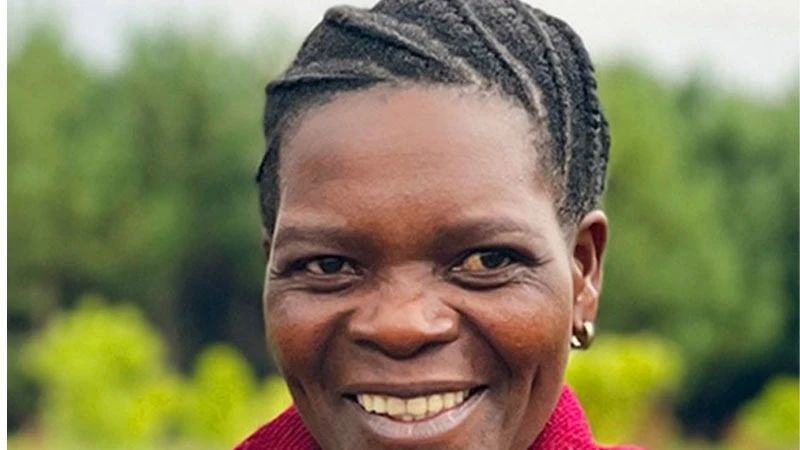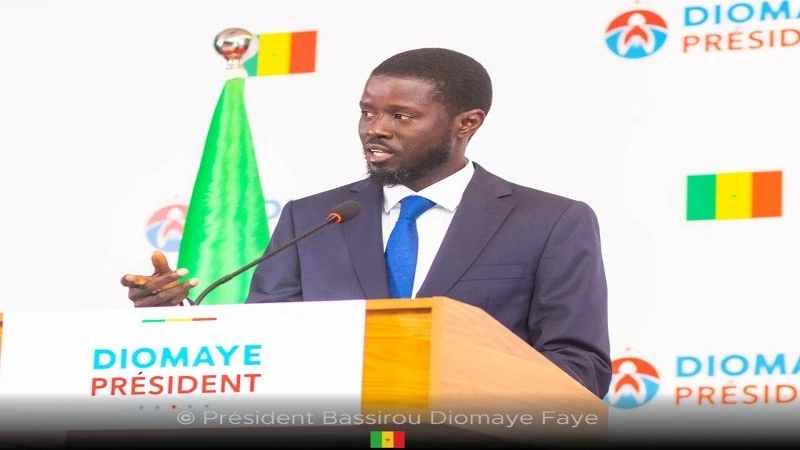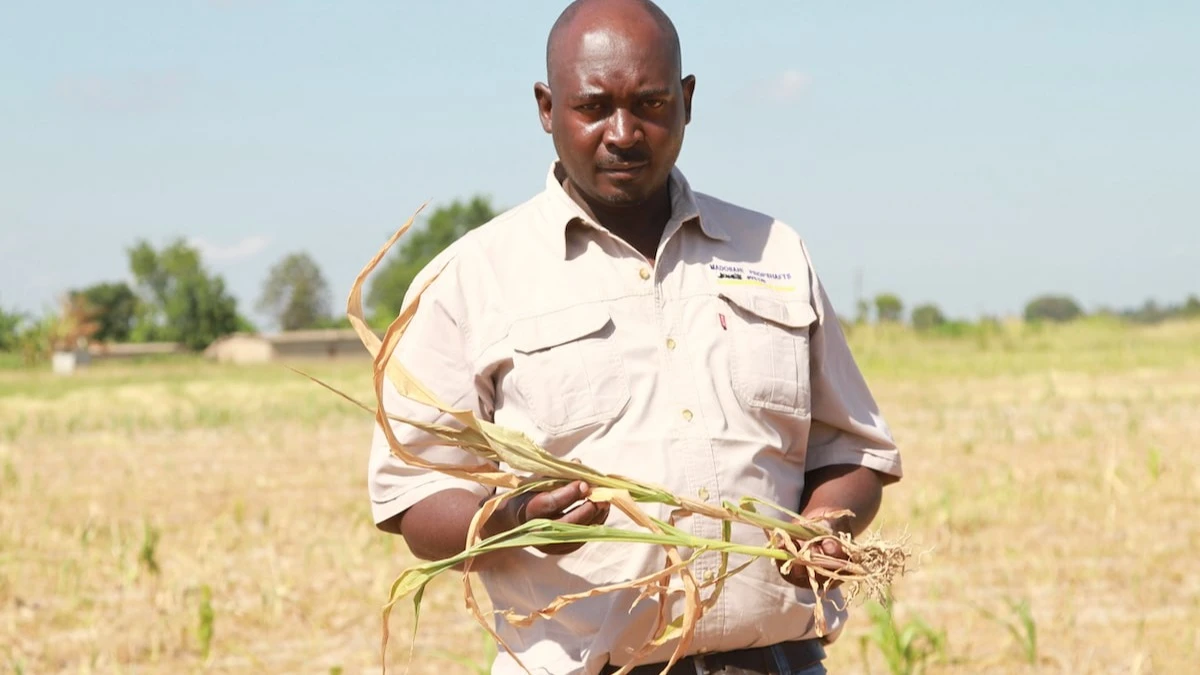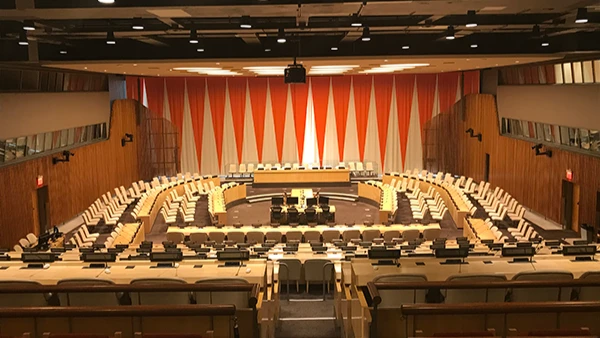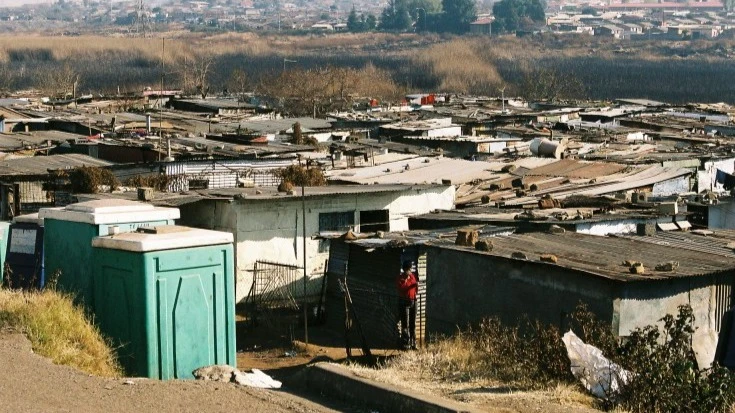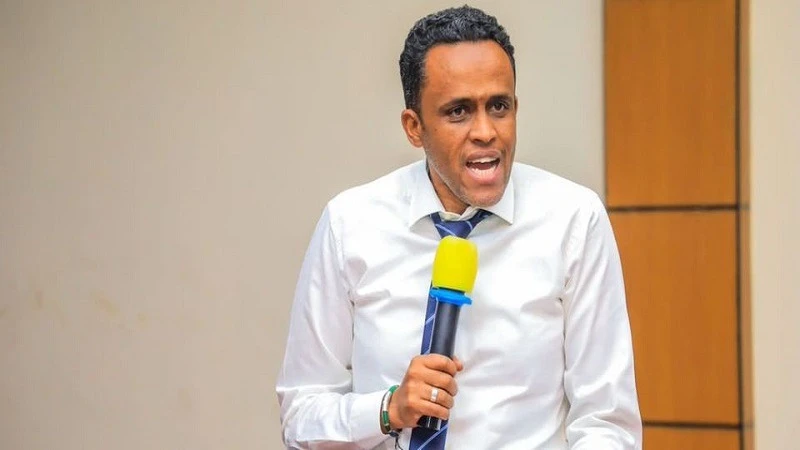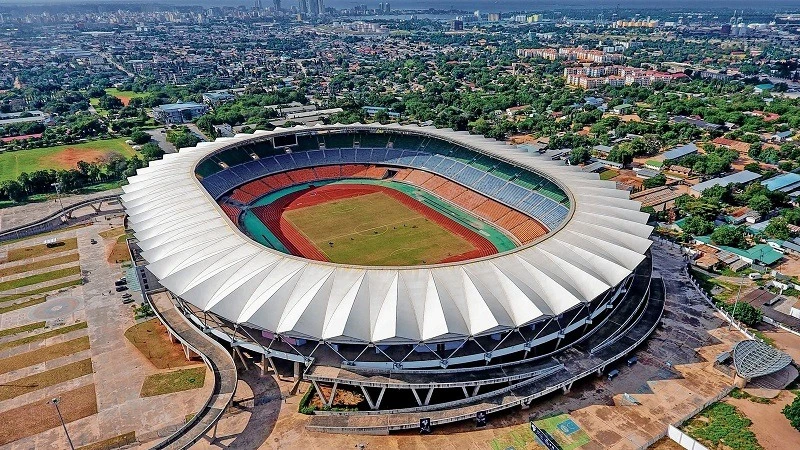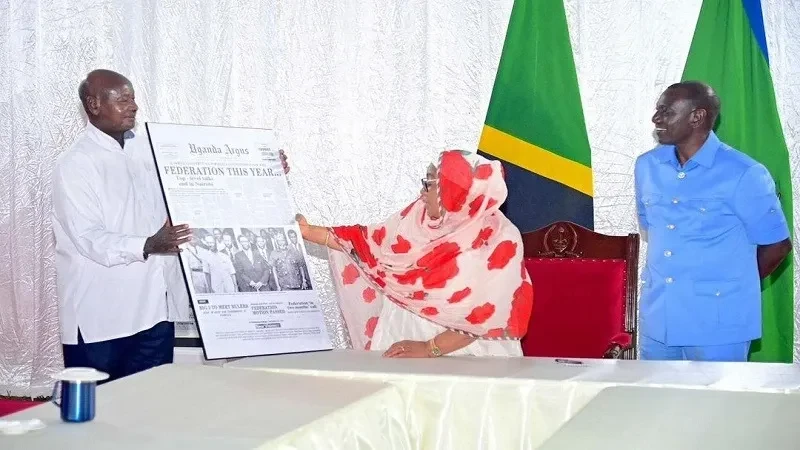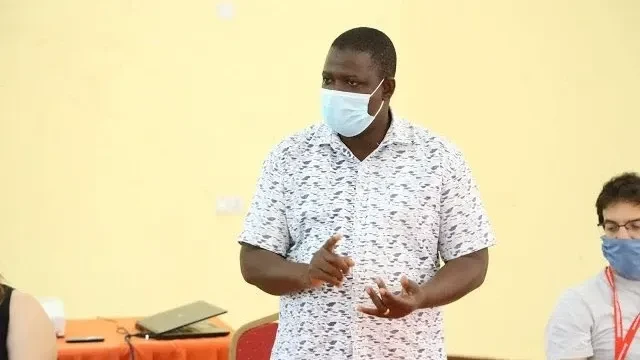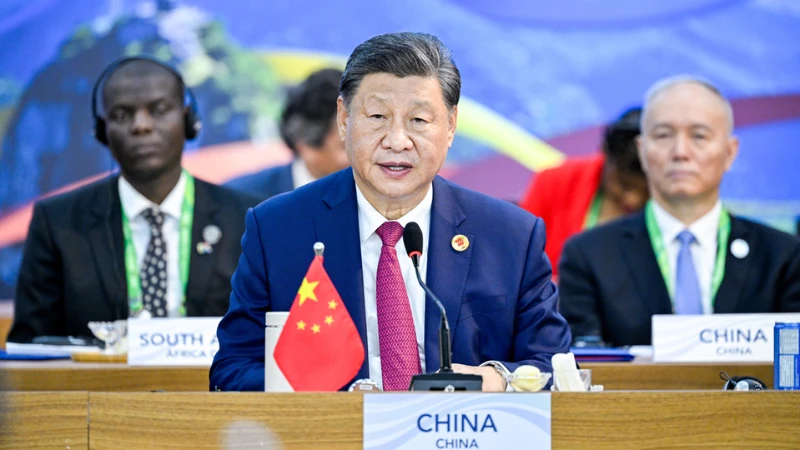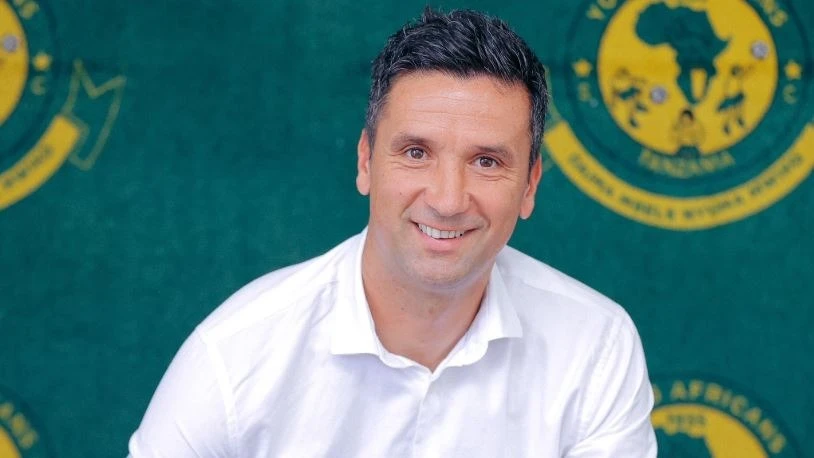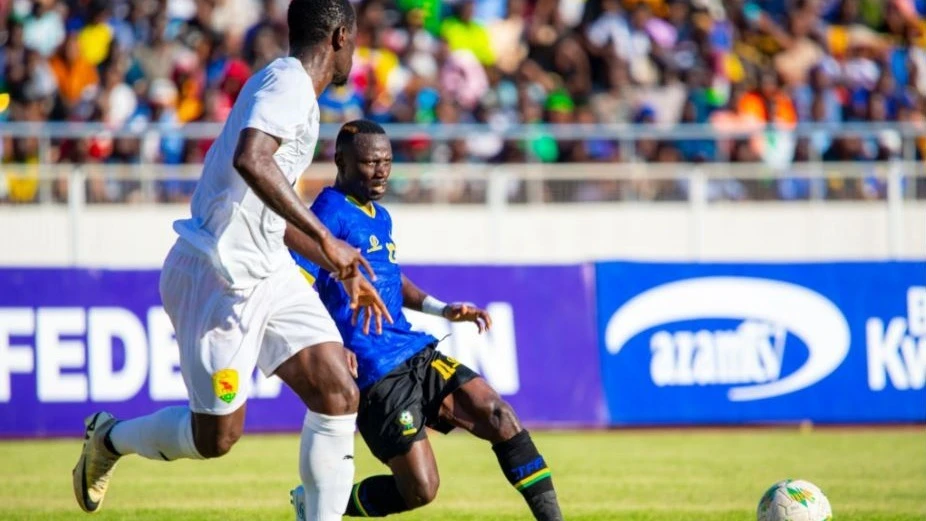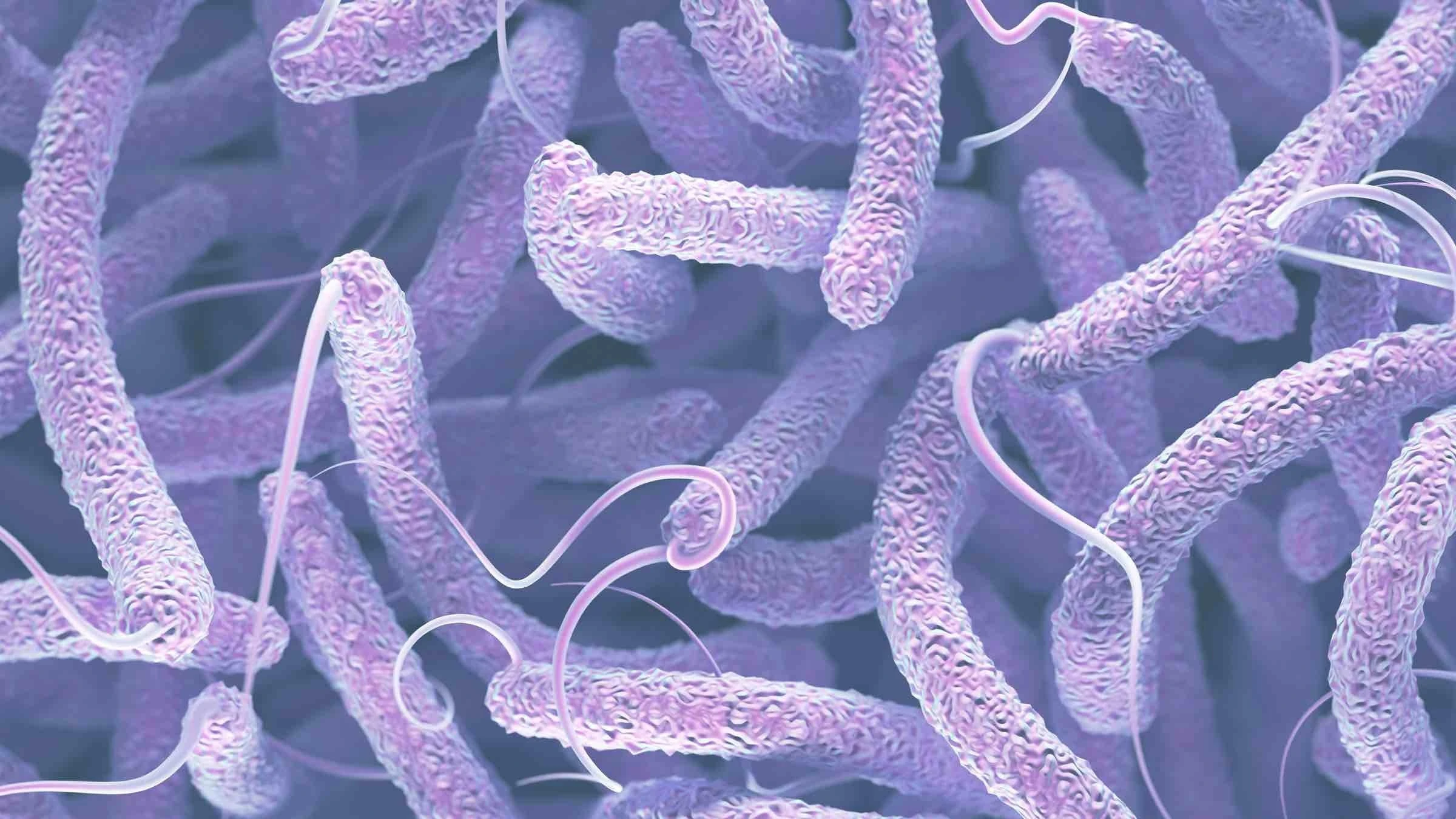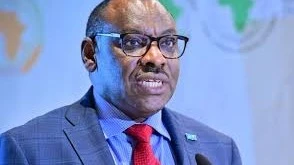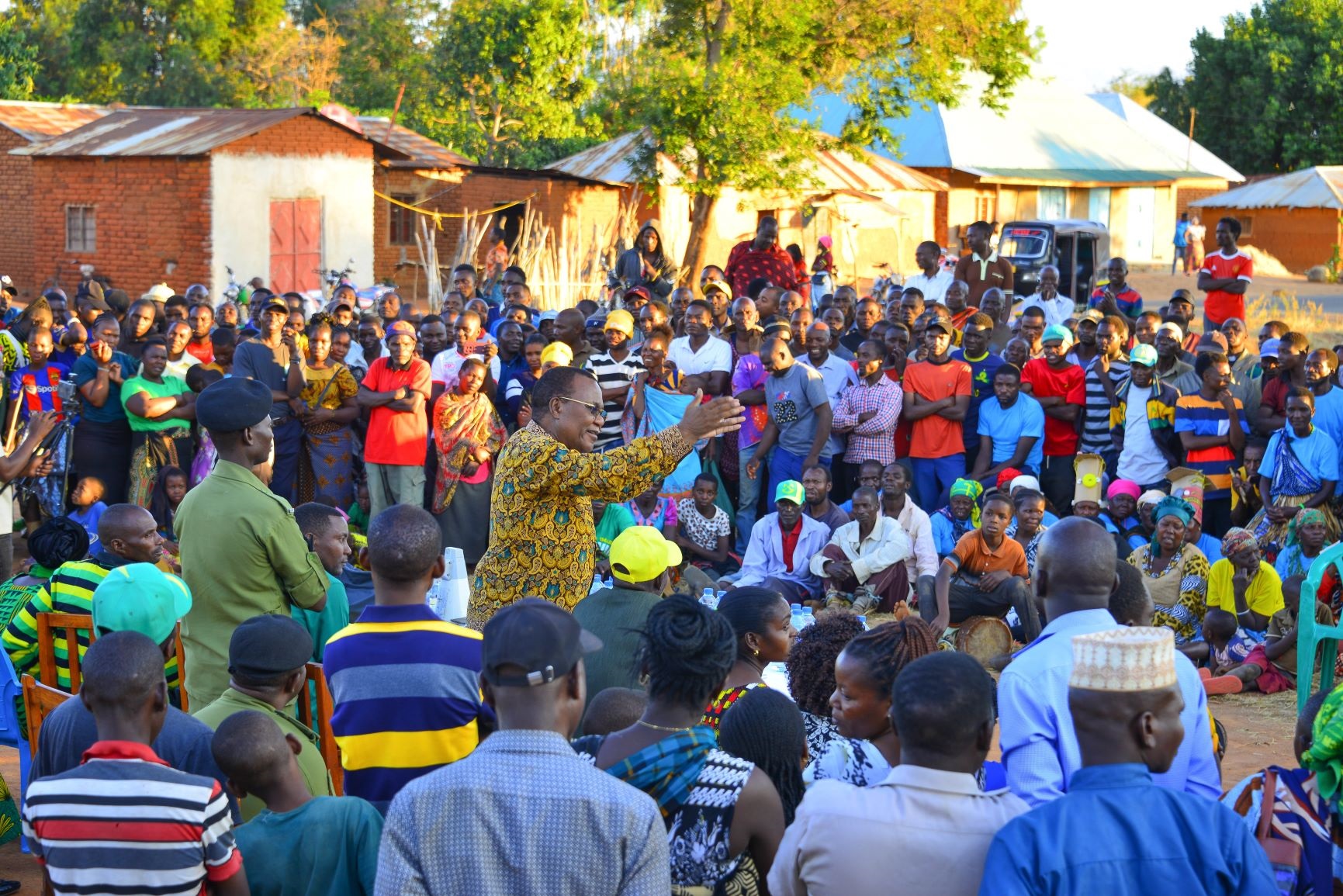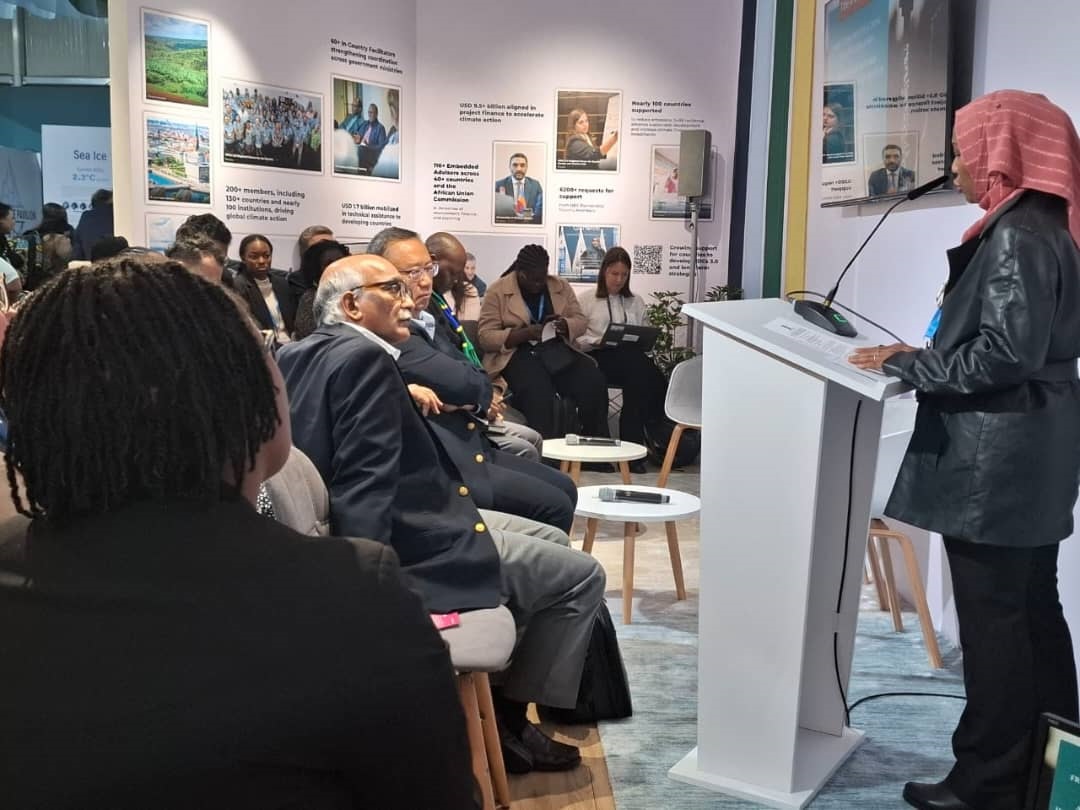Tanzania experiences significant reduction in poverty incidence

TANZANIA on October 17 joined other countries across the world to mark International Day for the Eradication of Poverty. The Global Multidimensional Poverty Index (MPI) 2024, which was released hardly two days ago, suggests that Tanzania is one of only 9 countries across the world which has experienced significant reductions in both MPI value and incidence of poverty
“Of the 17 countries with trend data that ends in 2021/22 or later, spanning at least part of the Covid-19 pandemic, only 9 countries have experienced significant reductions in both MPI value and incidence of poverty.”
Besides Tanzania, other countries are Benin, Cambodia, Comoros, the Kingdom of Eswatini, Kenya, Mozambique, the Philippines, and Trinidad and Tobago. This is according to a new report titled “Global Multidimensional Poverty Index 2024: Poverty amid conflict” compiled by UNDP and Oxford Poverty and Human Development Initiative. The MPI is a key international resource that measures acute multidimensional poverty among over 100 countries across the world.
Furthermore, the report says in 86 countries, covering about 6 billion people, data from one or several periods has been harmonised to examine how poverty has evolved. “Of these countries, 76 experienced a statistically significant absolute reduction in global MPI value over at least one time period (74 countries reduced the incidence of poverty), and 20 experienced a statistically significant reduction across at least two time periods.”
The report says four countries, namely the Kingdom of Eswatini, Nepal, the Philippines and Tanzania experienced a significant reduction in MPI value and incidence of poverty over three time periods.
The MPI 2024 report overlays violent conflict data with multidimensional poverty data to better understand their inter-linkages across countries and over time.
“The Uppsala Conflict Data Program (UCDP) is the primary data source, but sensitivity analyses were also run using other key conflict datasets.” Thus, the report finds that MPI value tends to be much higher in conflict-affected settings and in countries affected by protracted conflict, poverty reduction is reversed, stagnant or slower.
The MPI 2024 covers 112 countries across the world and 6.3 billion people, 1.1 billion people (18.3 per cent) live in acute multidimensional poverty (below $1.25 a day). This year it has covered 1,359 subnational regions and shows that 1.1 billion of 6.3 billion people live in acute multidimensional poverty, over half of them being children.
Sustainable Development Goal (SDG) 1.1 states: “By 2030, eradicate extreme poverty for all people everywhere, currently measured as people living on less than $1.25 a day”. The international poverty line, which is currently $2.15 per person per day, is the threshold that determines whether a person is living in poverty (is poor).
Article 9 of the Constitution of the United Republic of Tanzania (R.E. 2005) states that “the state authority and all its agencies are obliged to direct their policies and programmes towards ensuring – (i) that the use of national wealth places emphasis on the development of the people and in particular is geared towards the eradication of poverty, ignorance and disease.”
Poverty especially in Africa is still a major problem and is essentially contributed by lack of effective leadership and the mismanagement of national resources. There are many examples to show that if African countries had effective leaders they would have made considerable progress in various sectors of the economy.
Although Agenda 63: ‘The Africa We Want’ acknowledges progress which has been made in poverty eradication, poverty is still recognised as a major problem.
“There are still far too many people living in abject poverty, the lack of decent jobs is pervasive, especially for the youth, and the continent lags behind other regions of the world with respect to social development indicators. The progress made is also threatened by rising inequalities of incomes and opportunity, particularly for the youth and women.”
Moreover, the MPI 2024 says over half of the 1.1 billion poor people are children under the age of 18 (584 million). Globally, 27.9 per cent of children live in poverty compared to 13.5 per cent of adults. “[At least] 83.2 per cent of the world’s 1.1 billion multidimensionally poor people live in sub-Saharan Africa and South Asia. Sub-Saharan Africa has 553 million people living in poverty, and South Asia, 402 million.”
The global MPI shows who the poor are, where they live and what deprivations hold them back from achieving the wellbeing they deserve. The report shows that the largest numbers of poor people are deprived of cooking fuel, housing and sanitation. Yet, deprivations in nutrition, child mortality, years of schooling and school attendance carry a higher weight. “Examining the contribution of each indicator to MPI value takes into account both the number of deprivations and their weight.”
The report concludes that addressing multidimensional poverty in conflict-affected contexts requires a comprehensive approach that integrates peace-building, humanitarian assistance and poverty alleviation to build resilience and support sustainable recovery. It says conflict affects people, especially the poorest, in myriad ways. So, if the root causes and consequences of conflict and poverty are tackled using data and deft determination, poor people can have a chance to rebuild their lives and communities.
Today’s quote: “The best way to predict your future is to create it.” – Abraham Lincoln.
The author is a Dar es Salaam-based lawyer. He can be reached at [email protected]
Top Headlines
© 2024 IPPMEDIA.COM. ALL RIGHTS RESERVED


